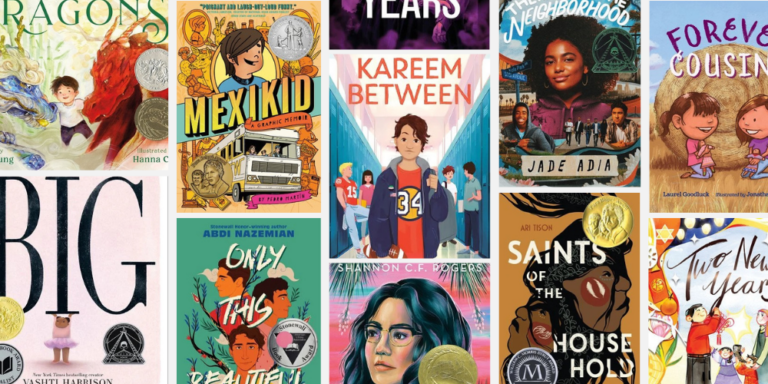It’s that time again — time to start setting goals for the new school year and preparing your classroom for students. Have you thought about how to effectively use the space, or “real estate” you have in your classroom, as one of your biggest supports for your students, specifically your English learners?
Space can sometimes be overlooked in a classroom and isn’t appropriately utilized to build a student-centered environment — and also build language. We suggest that you think about your students — your English learners, students from diverse families, students of various socioeconomic backgrounds, gifted students, students with IEPs — all in one room.
In considering a classroom makeover, the questions we want to ask ourselves are:
-
What is “the why” behind what we put in our classrooms? Are we setting up spaces that intentionally help provide equitable instruction for our students?
-
Is our classroom truly student-centered? Can students take ownership of their learning by having time to process with each other and take risks?
-
Do our spaces help us create a language-rich environment for children who are learning a new language? Does your space actually fit the needs of your students?
The “Why” Behind What We Put in Our Classrooms
Let each item and space in your classroom serve a purpose. First and foremost, the classroom is a space for student learning. Consider how your values about teaching are reflected in the space where your students learn:
-
Do you value group work? If so, how do students have access to pairs, triads, and/or groups of four or more? Do they need to move their desks or are they sitting at tables already? What role do other furnishings like rugs, comfy chairs, or dividers play in student learning? Consider how you’ll use your space effectively as you teach group work routines, including group roles and other procedures necessary for student success.
-
Do you value circulating around the room to confer with students one-on-one or in small groups? If so, consider how to make the art of conferring manageable for you, and if you have a co-teacher, for him or her.

VIDEO: Sharing Formative Assessment Notes
-
Do you value students having access to key learning points and tools? If so, have anchor charts and other tools easily viewable by all students. Yet, be wary of text-overload or tools that aren’t actually being used in a meaningful way. For example, word walls are not necessarily helpful unless students know what they’re for and how to use them. As you plan your units ahead, be purposeful about learning goals and what needs to be displayed for your students’ sake.
Students at the Center
As our student population becomes more linguistically and culturally diverse, our classrooms should reflect our students. We want students to be invested in school, so let’s invest in them! Here are some ways to make your classroom more student-centered, particularly for our language learners:
-
Display the different languages of your students. For instance, a “welcome” sign in multiple languages can show that you acknowledge students’ heritage languages. Another way to show that you care about the language learning process is to learn a few social phrases in other languages and use them when greeting students. We want a space where students feel included and safe to take risks. We want to honor and integrate their identities. What better way to ensure that than by modeling it yourself in a new language!
-
Allow students to interact with each other in a structured environment. We know that it doesn’t work having the teacher be the only one talking — for ELLs or any learner. Constructive noise in your classroom helps make it more student-centered. Students need to process by talking; plus student academic conversations are excellent for building academic language.

VIDEO: Academic Conversations with ELLs: Series Overview
-
Note the cultural backgrounds of your students and learn about them. Be aware of what you’re displaying that may not make sense for all learners. For example, if you’re displaying a skeleton around Halloween, a Middle Eastern child may not celebrate this holiday, so a skeleton could be a scary or distracting item to them.
A Language-Rich Environment
Language learners need a language-rich environment where they are actively listening, speaking, reading, and writing with purpose. Here are some ways to make your classroom more language-rich:
-
We know how important vocabulary is, so aim to go beyond the dictionary or glossary when teaching new words. Try out TPR (Total Physical Response) gestures when directly teaching a new language.

VIDEO: Total Physical Response Vocabulary
- Students can make their own gestures, too! Another effective vocabulary activity is the Seven Step Method. Try them out!

VIDEO: Seven Step Vocabulary
-
Provide clear academic language supports so students know how to frame their learning when speaking and writing. Using claims, evidence and reasoning to support argumentation is a key skill that we want ELLs and ALL students to be able to do. Make sure they have the language structures to do so for your content area.

VIDEO: Using Debate to Teach Academic Language
-
Allow students access to technology inside and outside of the classroom to support their needs. This is also known as “techquity” and various apps and other tech tools can really add to student learning.
Classroom space is a more complex concept than we realize. When we focus our process on how we determine our space usage, we really can make an impact on our English learners.







